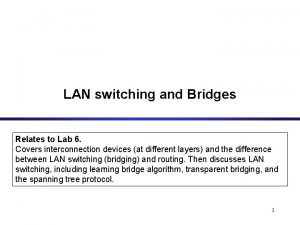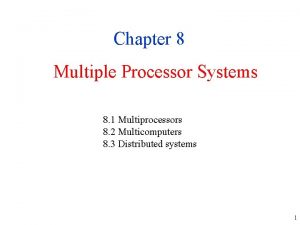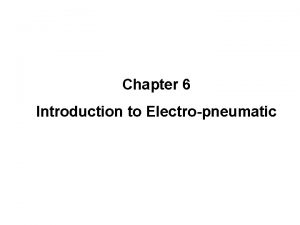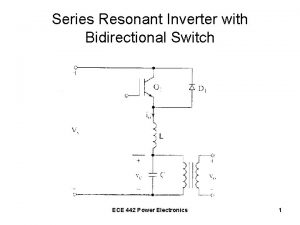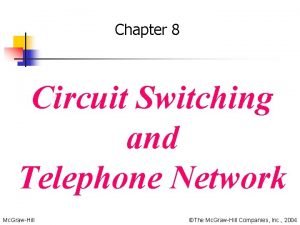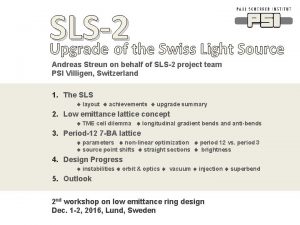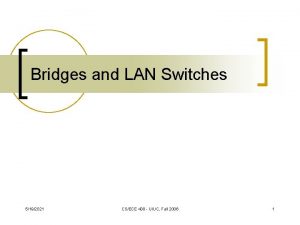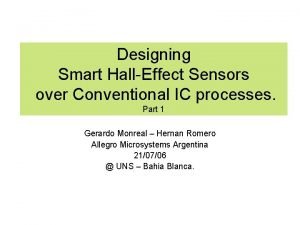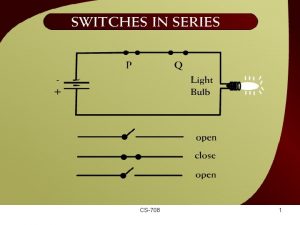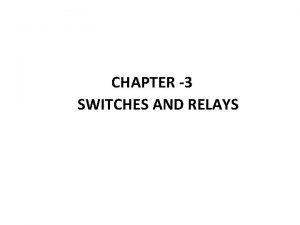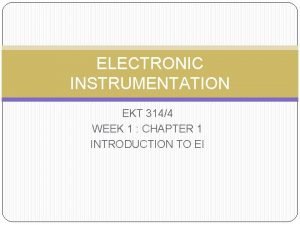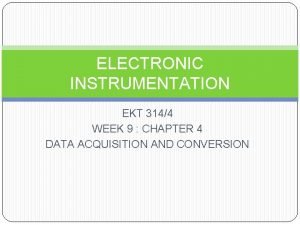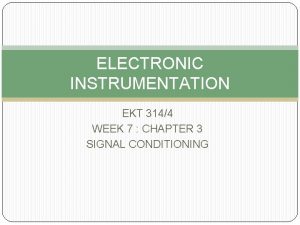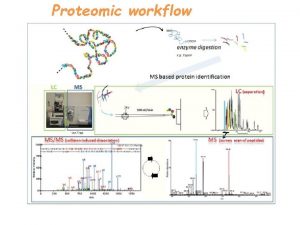A 3144 SENSITIVE HALLEFFECT SWITCHES AH 3503 Linear






















- Slides: 22

A 3144 SENSITIVE HALL-EFFECT SWITCHES & AH 3503 Linear Hall sensor TYWu

Hall Effect • VH = I * B / (n * e * d)

Theory • The Hall switch is characterized by the magnetic switching points BON (or BOP ) and BOFF (or BRPN).

Theory • If the magnetic flux exceeds BON , the output transistor is switched on; if it drops below BOFF, the transistor is switched off. The magnetic hysteresis BHYS is the difference between the switching points BON and BOFF.

Pins • Pinning is shown viewed from branded side

Electrical Characteristics • At VCC = 8 V over operating temperature range.

Electrical Characteristics • Each device includes a voltage regulator for operation with supply voltages of 4. 5 to 24 volts • Reverse battery protection diode • Quadratic Hall-voltage generator • Temperature compensation circuitry • Small signal amplifier, Schmitt trigger, and an open-collector output to sink up to 25 m. A. With suitable output pull up, they can be used with CMOS logic circuits

A 3144. pde int sensor. Pin = 2; int counter = 0; boolean sensor. State = false; void setup() { Serial. begin(9600); pin. Mode(sensor. Pin, INPUT); // Pull Up digital. Write(sensor. Pin, HIGH); }

A 3144. pde void loop() { if(magnet. Present(sensor. Pin) && !sensor. State) { sensor. State = true; print. Message("Magnet Present"); } else if(!magnet. Present(sensor. Pin) && sensor. State) { sensor. State = false; print. Message("Magnet Gone"); } }

A 3144. pde void print. Message(String message) { counter++; Serial. print(counter); Serial. print(" "); Serial. println(message); } boolean magnet. Present(int pin){ return digital. Read(pin) == LOW; }

Connection • Figure

Execution • Snapshot

AH 3503 • FEATURES – Extremely Sensitive – Flat Response to 23 k. Hz – Low-Noise Output – 4. 5 V to 6 V Operation – Magnetically Optimized Package

AH 3503 • Pins

AH 3503 • Block Diagram

AH 3503 • Electrical Characteristics

AH 3503 • Operation – The output null voltage (B = 0 G) is nominally one-half the supply voltage. – A south magnetic pole, presented to the branded face of the Hall effect sensor will drive the output higher than the null voltage level. – A north magnetic pole will drive the output below the null level.

Applications • Notch Sensor, etc.

Experiment • https: //www. youtube. com/watch? v=bn. Od 8 f 5 V ev 0 • https: //www. youtube. com/watch? v=a. Xe 92 l. Wa JAw • http: //www. hobbytronics. co. uk/arduinotutorial 11 -hall-effect

Experiment • Arduino ?

Experiment • Arduino const int hall. Pin = 0; // the hall effect sensor pin const int led. Pin = 11; // the LED pin int volt; void setup() { pin. Mode(led. Pin, OUTPUT); pin. Mode(hall. Pin, INPUT); }

Experiment void loop(){ int luminance; volt = analog. Read(hall. Pin); luminance = 0. 5*abs(volt-512)-1; //volt=0~255 analog. Write(led. Pin, luminance); }
 Bridges vs switches
Bridges vs switches High performance core router
High performance core router Uma multiprocessors using crossbar switches
Uma multiprocessors using crossbar switches Dominant on
Dominant on Three generations of packet switches
Three generations of packet switches Used netgear gsm/fsm fully managed switches
Used netgear gsm/fsm fully managed switches High performance switches
High performance switches Ece 442
Ece 442 Small business rv router
Small business rv router A switch combines crossbar switches in several stages
A switch combines crossbar switches in several stages Mercury switches in cars
Mercury switches in cars Kundan switches models
Kundan switches models Plc
Plc High performance switches
High performance switches Switched pdu
Switched pdu Cisco 100 series unmanaged switches
Cisco 100 series unmanaged switches Zenith automatic transfer switches
Zenith automatic transfer switches Radiall rf microwave switches
Radiall rf microwave switches Which type of reaction
Which type of reaction We should not touch electric switches with wet hands. why
We should not touch electric switches with wet hands. why A switch combines crossbar switches in several stages
A switch combines crossbar switches in several stages Unica solutions
Unica solutions Bridges vs switches
Bridges vs switches
